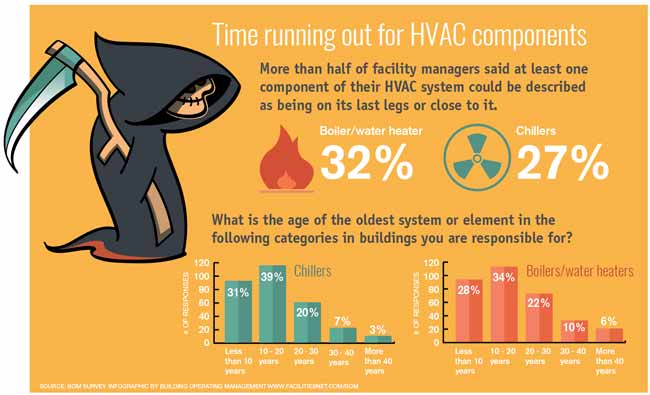Discover The Vital Strategies To Boost The Performance And Lifespan Of Your Heatpump System By Avoiding Regular Installation Mistakes
Discover The Vital Strategies To Boost The Performance And Lifespan Of Your Heatpump System By Avoiding Regular Installation Mistakes
Blog Article
Authored By-Dowling Cassidy
When mounting a heat pump, you should avoid usual mistakes that might endanger its efficiency. Neglecting proper sizing may lead to ineffectiveness and higher energy costs. Neglecting insulation and securing might lead to energy waste and strain on the system. Furthermore, placing the outside unit improperly might affect its efficiency. By staying clear of these mistakes, you can ensure optimum operating and toughness of your heatpump system.
Improper Sizing of Heatpump
When it pertains to the installment of heatpump, among one of the most common errors is improperly sizing the unit for your room. Making certain the best size is critical for optimum efficiency. If the heat pump is too tiny, it will certainly have a hard time to heat or cool your space efficiently, resulting in raised energy expenses and prospective damage on the unit.
On the other hand, if the heatpump is also large, it will certainly cycle on and off regularly, causing temperature level changes and reducing its life expectancy.
To prevent try this , it's necessary to have an expert analyze your room and recommend the ideal size of the heat pump based on aspects like square video footage, insulation, ceiling elevation, and regional environment. By spending the time and effort to ensure the appropriate sizing, you can enjoy a comfy environment while making best use of power efficiency and extending the lifespan of your heatpump.
Inadequate Insulation and Sealing
To ensure the reliable operation of your heat pump, it's important to attend to insufficient insulation and securing in your space. have a peek at this website maintain a regular temperature inside your home, lowering the workload on your heatpump. Insufficient insulation can cause energy loss, making your heatpump job harder and much less efficiently.
Sealing any gaps or leaks in your space is equally vital. These spaces enable conditioned air to get away and exterior air to leak in, compeling your heatpump to make up for the temperature changes.
Inaccurate Positioning of Outdoor System
Addressing the positioning of your heatpump's outside unit is key to maximizing its performance. Mounting the outside system in a wrong place can bring about performance issues and possible damage to the unit.
heat pumps mitsubishi to prevent is placing the outside device as well near to a wall surface or various other frameworks. This can limit air flow, creating the device to work more challenging to warm or cool your room, ultimately reducing its effectiveness and life-span.
Another mistake to steer clear of is putting the outdoor system in direct sunlight. While some sunlight is inescapable, extreme direct exposure can cause getting too hot, particularly during warm summer season days. It's finest to place the exterior system in a shaded location to assist preserve its optimum operating temperature level.
Additionally, make certain that the outdoor system is positioned on a secure and level surface. Irregular ground can trigger resonances and unneeded strain on the device, impacting its efficiency in time.
https://marioozisb.techionblog.com/31207268/economical-heat-pump-repair-service-solutions-preserving-comfort-while-reducing-expenses , staying clear of usual mistakes during heat pump setup is essential for maximizing performance and durability of your system. By ensuring proper sizing, sufficient insulation, securing, and right placement of the exterior device, you can avoid concerns such as inefficiencies, boosted power expenses, and pressure on the system. Taking the time to resolve these essential variables will inevitably conserve you money and time in the long run.
